?What is bronchoscopy and how is it performed
Lung endoscopy, also known as bronchoscopy, is a way of airway (trachea and bronchus) examination used to diagnose various lung diseases (e.g., pulmonary fibrosis, lung tumors, and inflammatory lung diseases). Bronchoscopy offers various treatment options (e.g., removing external bodies and treating airway stenosis). The present article elaborates on this technique, its pros and cons, and everything you need to know about it.
Dr. Arda Kiani, a pulmonologist, performs bronchoscopy in the best hospitals in Tehran, Iran.
What is bronchoscopy?
Bronchoscopy is an examination used to assess the condition of the bronchi, possibly wash the bronchial branches, and sample lung tissue or mucus.
The device used to perform bronchoscopy helps see the airways (trachea, larynx, and bronchi) directly. This device resembles an extremely narrow flexible tube (with a diameter of less than 4mm).
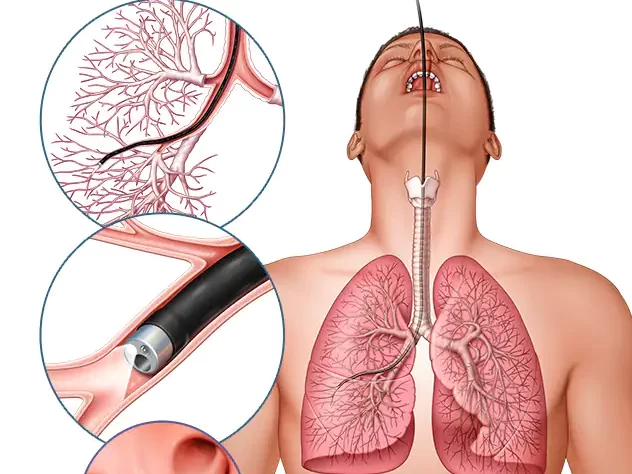
When is bronchoscopy necessary?
The following cases require bronchoscopy for further clarification:
Diagnosis
- Collecting bronchial secretions in patients with inflammatory lung diseases (caused by bacteria such as mycobacteria, viruses, and fungi)
- Sampling lung tumors or other unspecified changes in bronchial or lung tissue
- Unspecified lymph node enlargement in the mediastinum
- Determining tumor stage in lung carcinoma
Treatment
- Removing external bodies
- Stopping lung bleeding
- Treating airway stenosis (e.g., recanalization, stenting, dilation)
- One-way valve implantation in chronic obstructive pulmonary disease (COPD)
- Thermoplasty in severe bronchial asthma
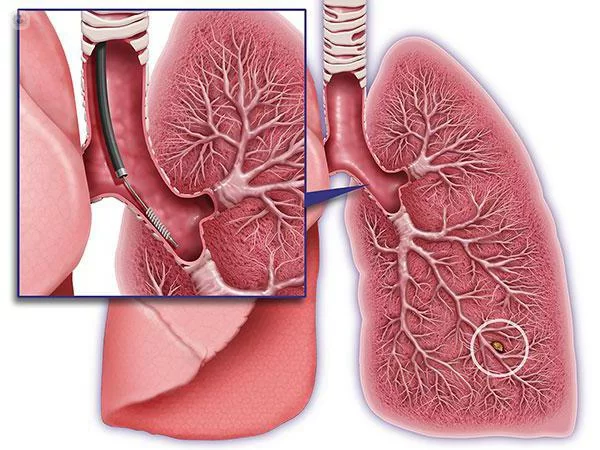
Preparing for bronchoscopy
The patient must be fasting from the evening before the bronchoscopy and not have drunk liquids for 6-8 hours before the procedures. You would not need to cease the consumption of any medication unless your doctor orders it, provided that you take them with some water. Make sure to inform your doctor of the medication you take.
If a certain type of biopsy (sampling) with the risk of bleeding is being performed, your doctor may advise you to stop taking medication that limits blood clotting (anticoagulants or antiplatelet agents) for a few days before bronchoscopy. It would be necessary to inform the specialist of any allergies.
A blood test might be required to examine your blood clotting ability a few days before the procedure. In this regard, it would be necessary to inform the medical and nursing team if you are taking anticoagulants or antiplatelet agents since such medication should not be taken for a few days before the procedure.
It would be necessary to fast for at least 6-8 hours and avoid smoking before the procedure.
After getting your informed consent, you will be asked to lie on a bed in a special outpatient clinic.

The instruments required to perform bronchoscopy
The instrument used to perform bronchoscopy is called a bronchoscope. A small clamp-like device called the pulse oximeter is worn on the patient’s finger to monitor blood oxygen levels and heart rate continuously. Blood pressure may also be regularly checked during the procedure.
The nurse then administers two to three puffs of anesthetic spray directly into the throat (and possibly in the nose and mouth if required) to reduce the discomfort caused by inserting the bronchoscope. A small needle can also be inserted into an arm vein to administer anti-anxiety medication causing drowsiness.
Is bronchoscopy painful?
This examination is not painful as the bronchoscope enters the airway only after local anesthesia is administered. The discomfort during the examination is minimal and mainly due to the need to cough. It must be noted that the bronchoscope does not obstruct the airways, allowing the patient to breathe normally. You may have a problem swallowing for a few hours after the examination, so refrain from eating or drinking for at least two hours following a bronchoscopy.
You may suffer a mild case of sore throat in the following days, see insignificant amounts of blood in the mucus, or have a mild fever, all of which will resolve with no intervention.
-

problems of patients and the medical community
27 خرداد 1402 -
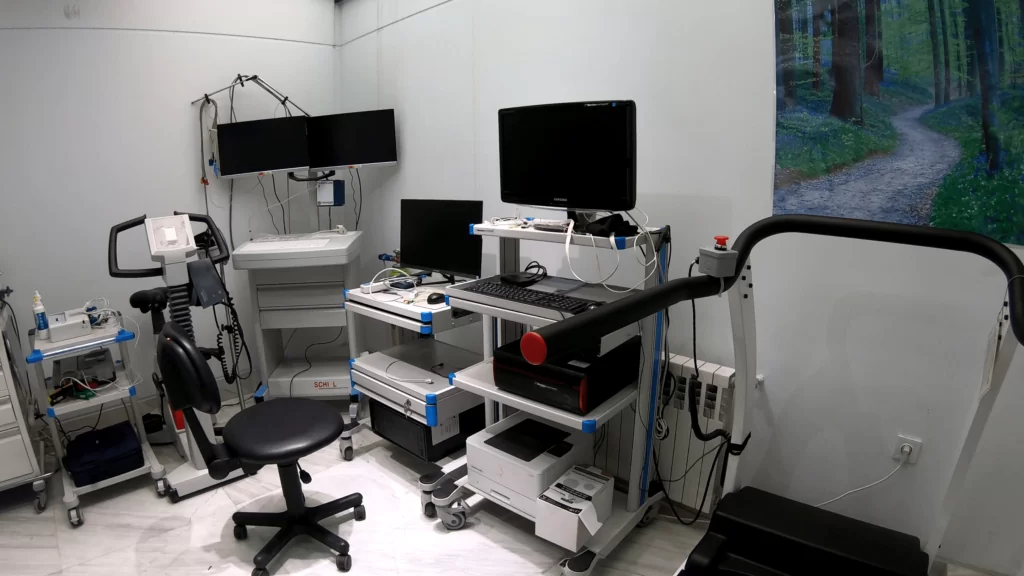
Lung clinic
8 خرداد 1402 -
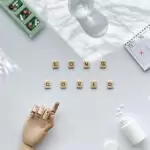
Long COVID
8 خرداد 1402 -
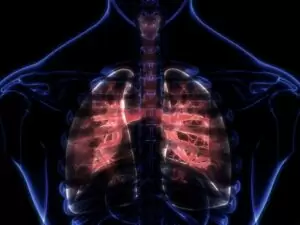
Sarcoidosis Clinic
8 خرداد 1402 -
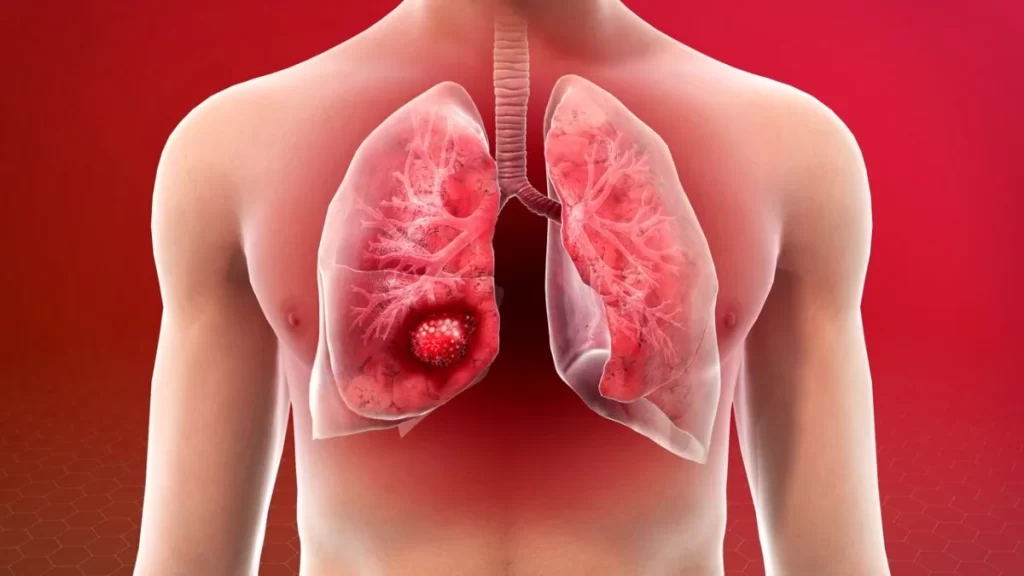
?What is lung cancer, and how is it treated
8 خرداد 1402 -
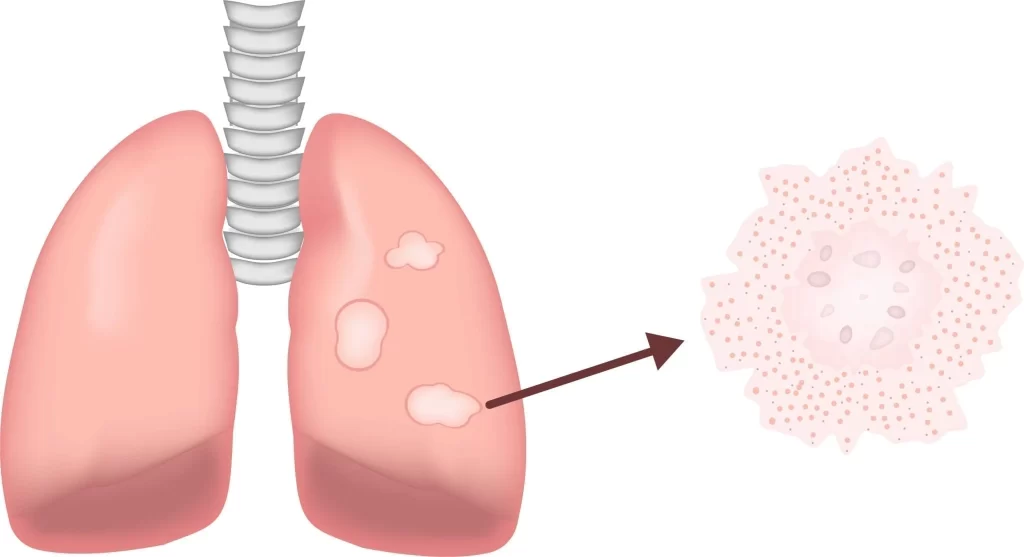
Sarcoidosis and pulmonary fibrosis
8 خرداد 1402 -

What exactly is foreign body aspiration?
8 خرداد 1402 -

How are pulmonary function tests؟
8 خرداد 1402 -
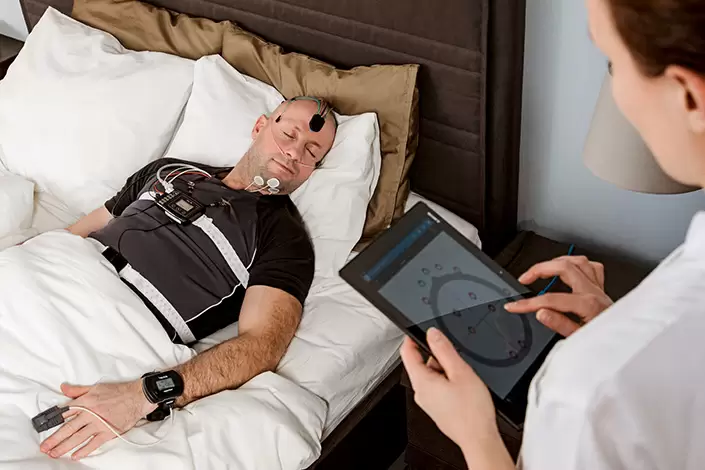
Everything you require to know about the polysomnography
8 خرداد 1402 -

?How is pulmonary rehabilitation carried out
8 خرداد 1402





